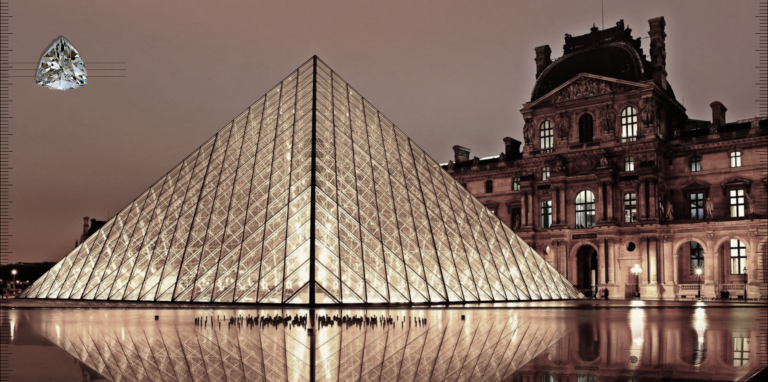During the Paris 2024 Olympics, as Simone Biles approached the podium to receive yet another gold medal, one detail captured everyone’s attention: a small, sparkling pendant in the shape of a goat, adorned with 546 diamonds.
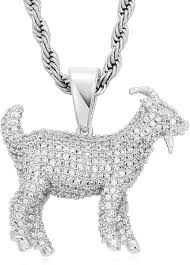
While the spotlight was on the most decorated gymnast, that piece of jewellery told an even deeper and more personal story. It wasn’t just a symbol of triumph but a silent and powerful response to all those who had questioned her greatness over the years. A small masterpiece of high jewellery, it transformed the nickname “GOAT” (Greatest of All Time) into a true declaration of strength and resilience. This three-dimensional jewel was born from a special request from the champion to designer Janet Heller, founder of a prestigious high jewellery brand.
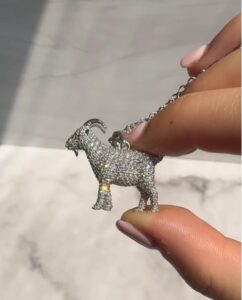
Like many other animal-shaped jewellery pieces, it holds a profound symbolic meaning that goes beyond mere aesthetic beauty. This pendant became a statement of victory not only in sports but also against the criticisms and psychological challenges Biles faced throughout her career.
But what do these jewellery pieces truly represent? And why have animals become such a recurring theme in jewellery over the centuries? Let’s explore together.
Animals have always been a source of inspiration in jewellery, with each creature depicted carrying a hidden significance. Wearing jewellery in the shape of an animal often means communicating a specific message.
For example, the panther, a classic motif in Cartier jewellery, represents cunning, strength, and sensuality. In ancient times, the panther was considered a nearly perfect creature, known for its intense and intoxicating scent.

Similarly, the snake, traditionally associated with sin in biblical tradition, also symbolizes cunning and knowledge. In jewellery, the serpent is often depicted in a spiral form, a motif that evokes spirituality.
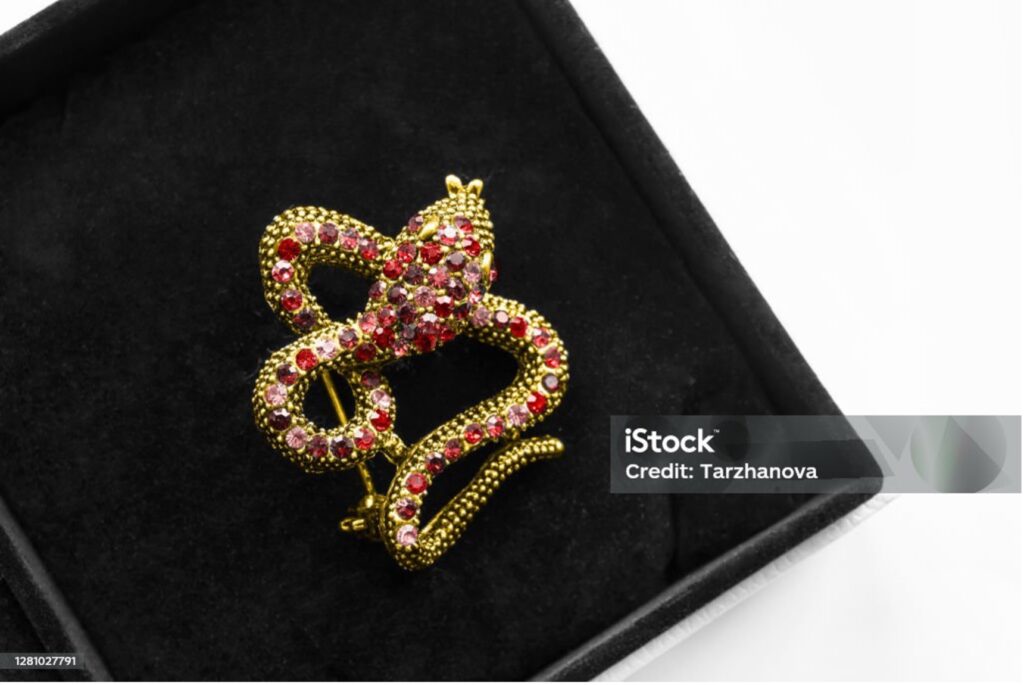
Birds, with their ability to fly, are frequently associated with concepts of freedom and courage. The eagle, for instance, is a symbol of strength and audacity, often used in heraldry. The swan, on the other hand, represents elegance and purity, but also sensuality, as exemplified by the myth of Leda and the swan.
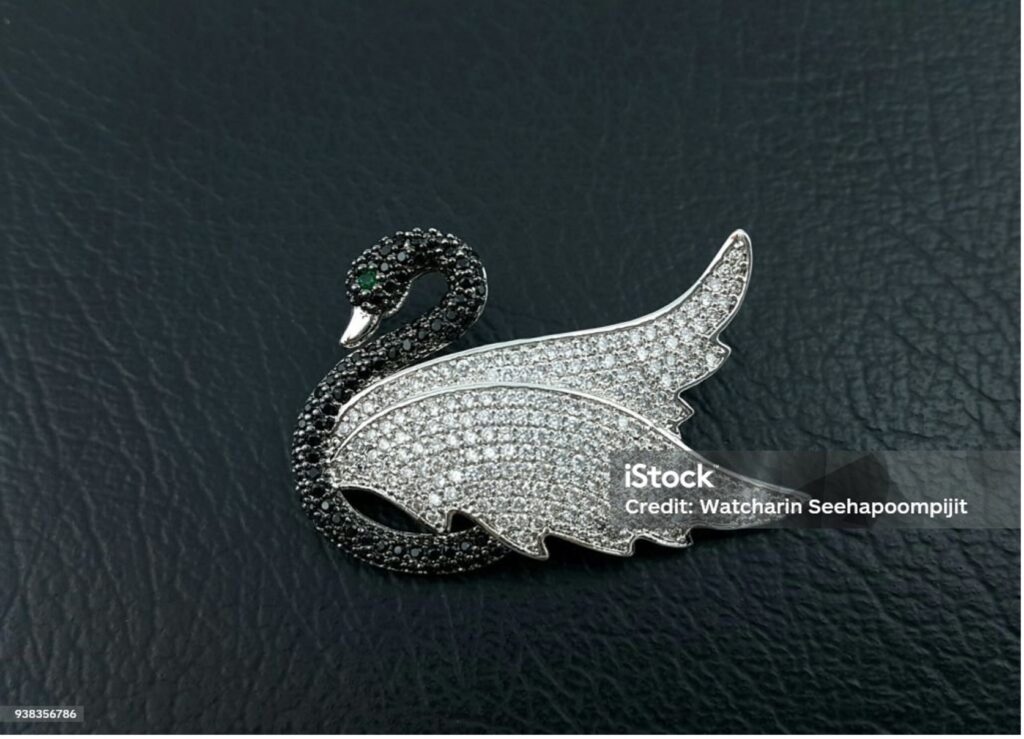
Insects have also found their place in jewellery. The bee, for example, symbolizes industriousness and rationality but also represented wisdom and purity in the past. The scarab, revered by the ancient Egyptians, is now considered a good luck charm. The butterfly, light and delicate, symbolizes the fleeting nature of beauty.
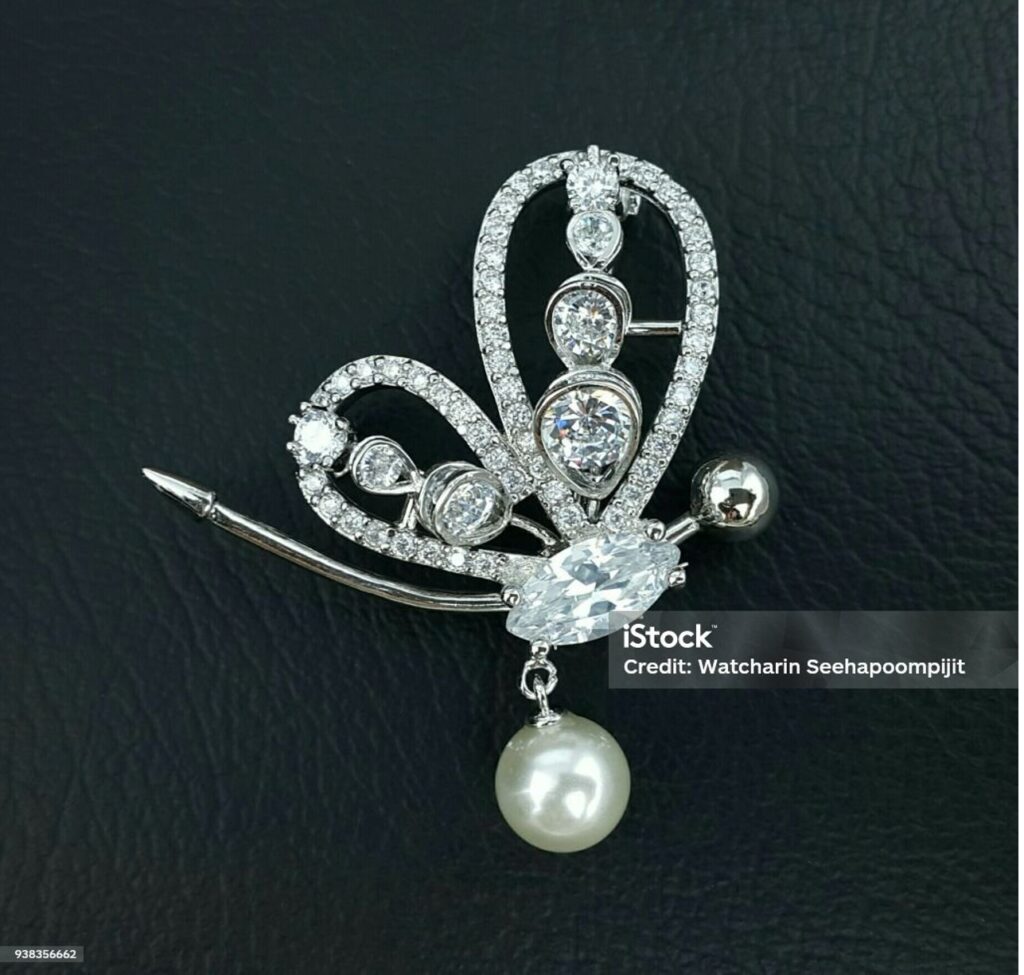
The snail, intead, with its spiral shell, represents the ability to be self-sufficient and to escape the frenzy of daily life.
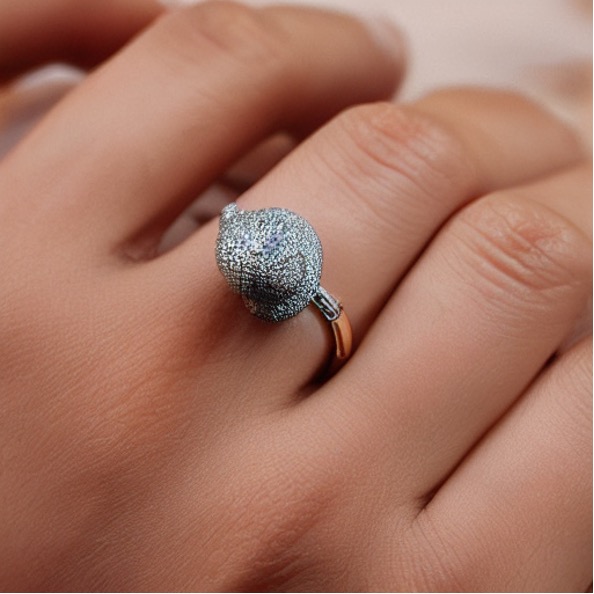
Exotic animals also make captivating appearances in jewellery. The peacock, for instance, is an emblem of regal beauty and divinity in Indian culture.
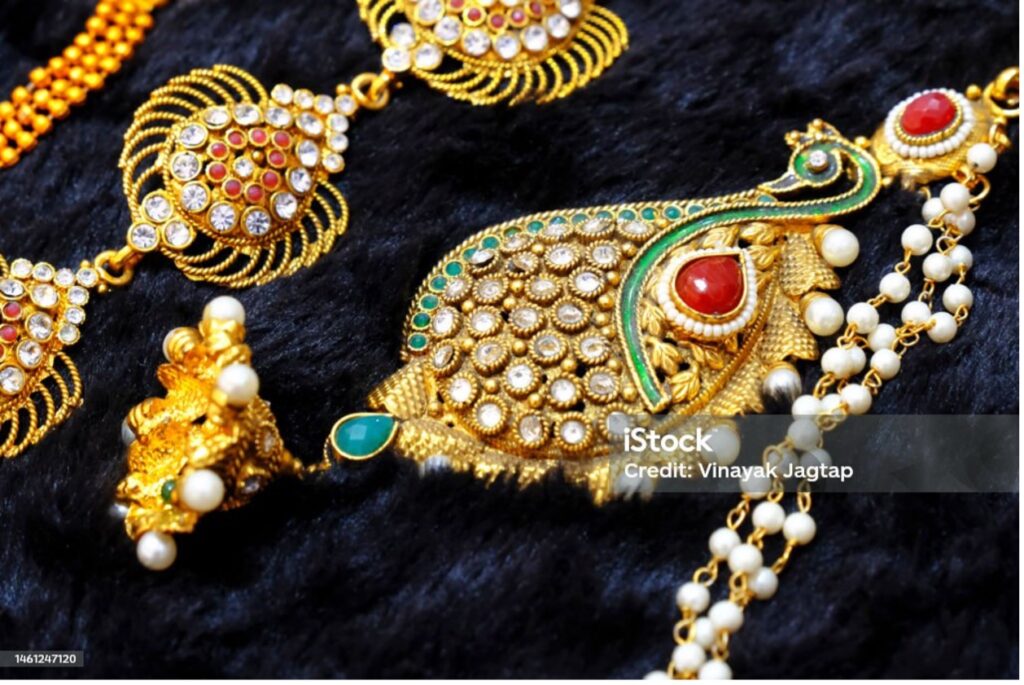
The lion, meanwhile, symbolizes pride, nobility, and a desire to stand out, often chosen to represent the zodiac sign Leo.

In conclusion, animal-shaped jewellery is not just about beauty but carries true symbolic messages. Whether it’s Simone Biles’ goat, Cartier’s panther, or Bulgari’s serpent, each animal embodies a deep meaning that resonates with the wearer. In a world where fashion and design are constantly evolving, these symbols remain timeless, celebrating not only aesthetics but also the strength, resilience, and personality of those who choose them.



